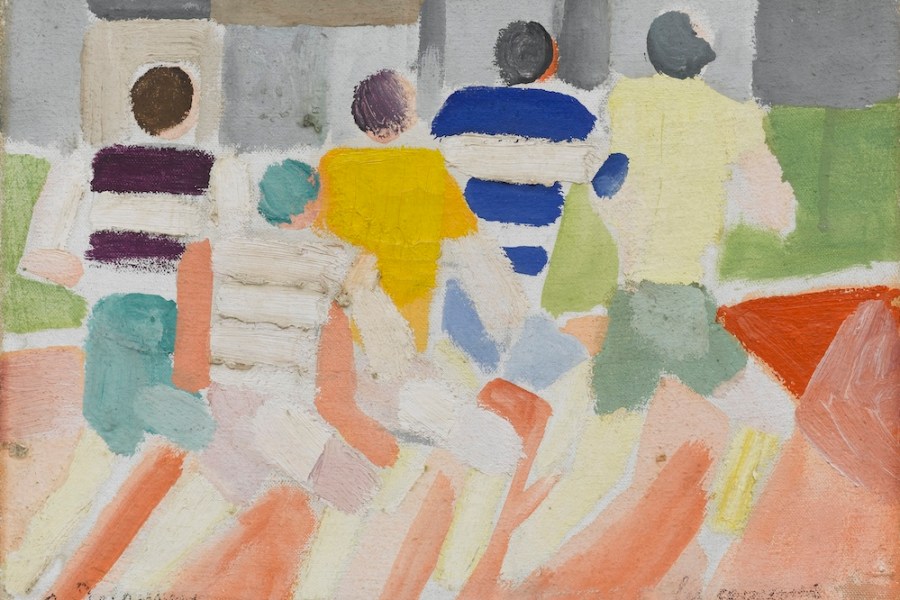From the July/August 2024 issue of Apollo. Preview and subscribe here . For six months in 1931, the Bois de Vincennes in eastern Paris became home to a spectacular display of French colonial splendour.
More than 100 hectares of parkland were given over to the Paris Colonial Exposition, a theme park designed to sell the moral and material benefits of France’s overseas territories to a public that, the government feared, had lost interest. Lured by the promise of a voyage ‘around the world in a single day’, more than eight million people attended the fair, navigating pavilions modelled on native architectural styles, from Polynesian huts to a full-scale plaster reconstruction of Angkor Wat. The Bois de Vincennes bears little trace today of the Colonial Exposition, which was dismantled the following year.

Only one building remains: the Palais de la Porte Dorée, an art deco extravaganza intended at the time to house a ‘permanent museum of the colonies’. With its neoclassical heft and matchstick columns, it has notes of the fascist architecture of the day. But the building’s monolithic qualities are softened by the 90m-wide bas-relief by Alfred Janniot that covers the entire facade, its stonework alive with exotic foliage and wildlife among which native workers toil to produce colonial wealth.
Janniot’s idealised vision of French colonial rapacity has left a complicated legacy; the building endures, but not in the way its creators imagined. Alice Milliat photograph.
















